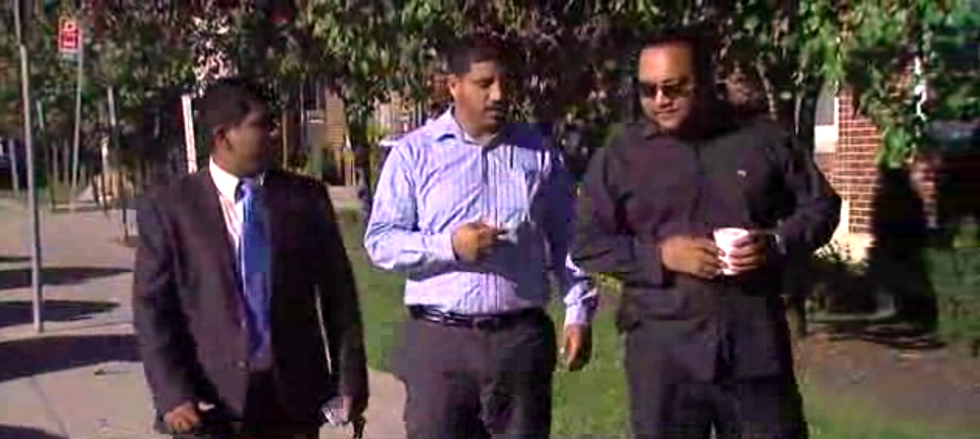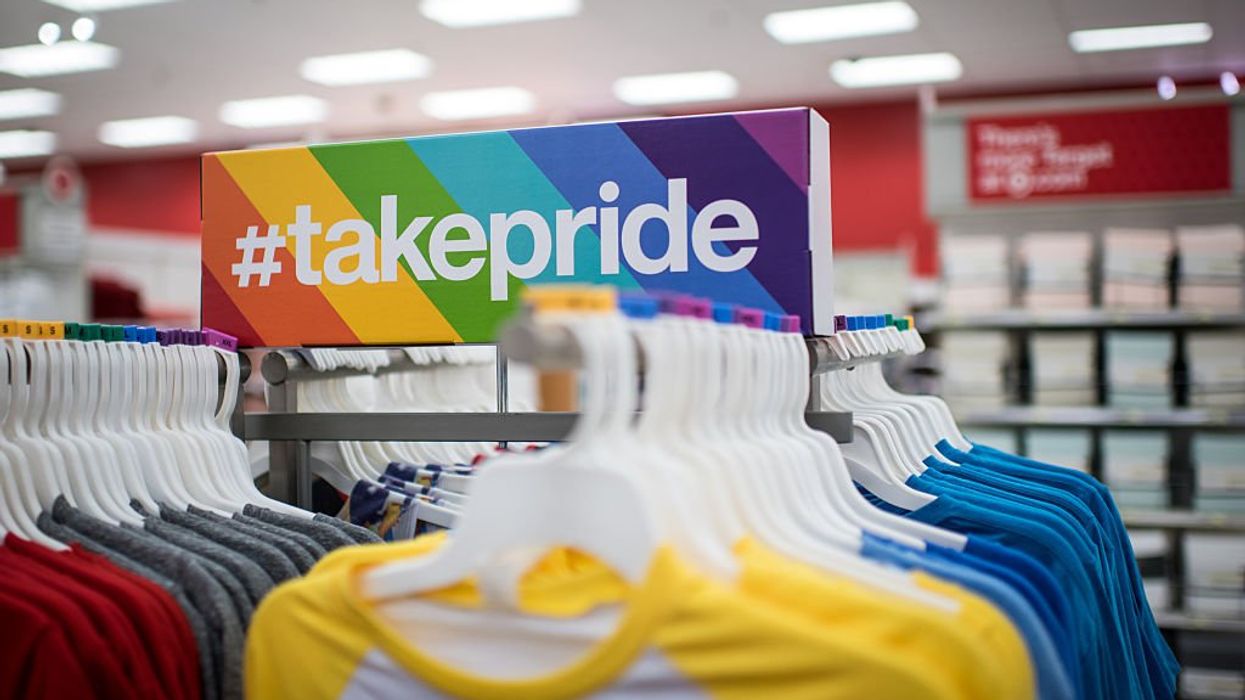
© 2024 Blaze Media LLC. All rights reserved.
Muslims in Michigan City Accomplish Major Feat Considered to Be a ‘First’ in the U.S.
November 06, 2015
"far from close..."
The newly elected Muslim-majority city council in Hamtramck, Michigan, is said to be the first of its kind in America.
Three of the candidates who attracted the most votes in Tuesday's election were Muslims, with two — Anam Miah and Abu Musa — serving as incumbents and with Saad Almasmari being elected to a first term, the Detroit Free Press reported.
Mohammed Hassan, another member of the city council, was not up for re-election this cycle. That said, four out of six members of the Hamtramck City Council will be Muslims beginning in January.
"Hamtramck has made history," Bill Meyer, a local community leader, told the outlet. "The election was far from close, with the three Muslim winners each gaining over 1,000 votes, while the other three candidates garnered less than 700 votes each."
But Almasmari told the Washington Post that he wants residents to know that the council will be working hard for all residents, regardless of religious affiliation.
"Although we are Muslims, it doesn’t have anything to do with serving the community," he said. "It’s not about religion. It’s not about Muslim unity. We are planning to work for everyone."
Miah, Musa and Hassan are of Bangladeshi descent and Almasmari is of Yemeni descent, according to the Detroit Free Press.
Hamtramck was settled by Germans when it was founded two centuries ago and was later flooded by Polish-Catholic immigrants, but the Muslim population has exploded due to immigration, according to Professor Sally Howell of the University of Michigan-Dearmorn.
Howell told the Washington Post that she estimates that Hamtramck was likely the first American city to have a Muslim majority back in 2013, with the city having seven mosques — more per capita than any other location in America.
Polish Catholics made up a stunning 90 percent of residents there in the 1970s, showcasing just how stark the change has been.
Follow the author of this story on Twitter and Facebook:
Want to leave a tip?
We answer to you. Help keep our content free of advertisers and big tech censorship by leaving a tip today.
Want to join the conversation?
Already a subscriber?
Billy Hallowell is a digital TV host and interviewer for Faithwire and CBN News and the co-host of CBN’s "Quick Start Podcast."
Billy Hallowell
Billy Hallowell is a digital TV host and interviewer for Faithwire and CBN News and the co-host of CBN’s "Quick Start Podcast."
more stories
Sign up for the Blaze newsletter
By signing up, you agree to our Privacy Policy and Terms of Use, and agree to receive content that may sometimes include advertisements. You may opt out at any time.
© 2024 Blaze Media LLC. All rights reserved.
Get the stories that matter most delivered directly to your inbox.
By signing up, you agree to our Privacy Policy and Terms of Use, and agree to receive content that may sometimes include advertisements. You may opt out at any time.

